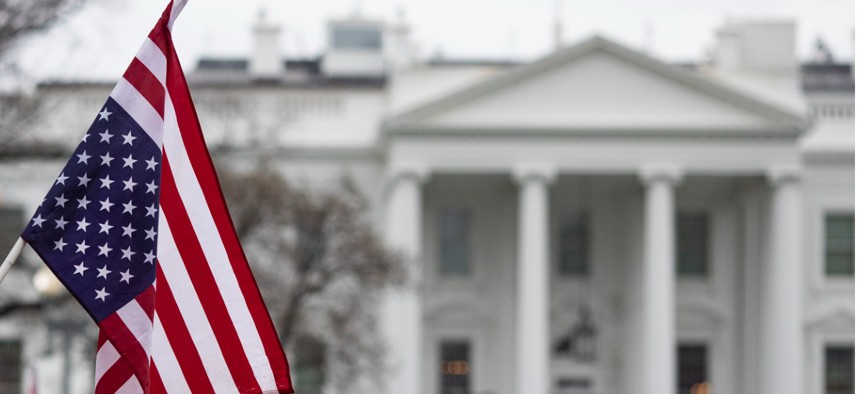Biden Administration Made Major Customer Experience Moves in 2021

e4c/istockphoto
Major policy changes regarding how federal agencies serve citizens took pace over the past year.
Federal agencies continued making progress improving customer experience in 2021, achieving record high scores in Forrester’s annual U.S. Federal Customer Experience Index.
Those ratings took place between two monumental Biden administration policy changes regarding how federal agencies serve citizens, deliver services and enhance public trust in federal institutions.
In September, the Office of Management and Budget expanded the definition of customer experience and made numerous other additions to its Circular A-11 guidance outlining how agencies serve customers. The guidance introduced new terms into the government’s CX vocabulary, describing “priority life events” that “require members of the public to navigate a service (or services) across the boundaries of multiple federal programs, agencies or levels of government.”
Previous OMB guidance had generally been directed toward high impact service providers, or HISPs—the agencies that typically deal with the most customers. The new guidance, however, applied broadly across federal agencies.
“As a federal government, it is our responsibility to ensure that every interaction a member of the public has with their government demonstrates competence and builds trust,” the guidance states. “To that end, measures of experience (including measures of equity (e.g., participation), effort (burden/friction), and those outlined further in this guidance) are of co-equal importance as traditional measures of financial and operational performance, and which this document begins to outline an accountability framework to deliver.”
At the time, Stephanie Thum, former vice president of customer experience at Export-Import Bank and founder of the firm Practical CX, told Nextgov the updates might represent an “inflection point” for practitioners because it showed the administration’s prioritization of the discipline.
“Historically, one of the reasons CX has fallen to the wayside is because of waning priorities,” said Thum. “CX has been viewed as one of those unglamorous battles, but this is meaningful guidance that says, ‘CX is just as important for leaders to look at as financial and operational performance.’”
OMB’s guidance update indeed foreshadowed the administration’s prioritization of customer experience. On Dec. 13, President Biden issued an executive order titled, “Transforming Federal Customer Experience and Service Delivery to Rebuild Trust in Government.” The order contains 35 customer experience commitments across 17 federal agencies, and mandates actions in numerous categories: retiring; filing and managing your taxes; surviving a disaster; traveling; financing post-secondary education; managing Veterans Affairs healthcare and benefits; reducing barriers for those in poverty; financing your business; supporting women, infants and children; managing your health; and updating personal information.
According to the order, the administration sought to address “the points of greatest friction” in customer experience, the “time tax” for service delivery and “life experiences” among the population that require engagement with various agencies, such as receiving benefits.
The order also addresses accountability, and calls for a series of near- and long-term actions agencies must complete.
“We’re going to measure [customer service] at a granular level including designing and delivering our services from the user perspective. We’re going to report on that performance,” said OMB Deputy Director for Management Jason Miller. “High-impact service providers are going to be required to have annual improvement plans. … This will be managed by the White House OMB and the president's management council.”






